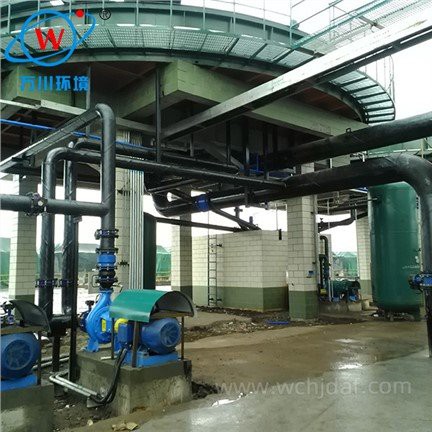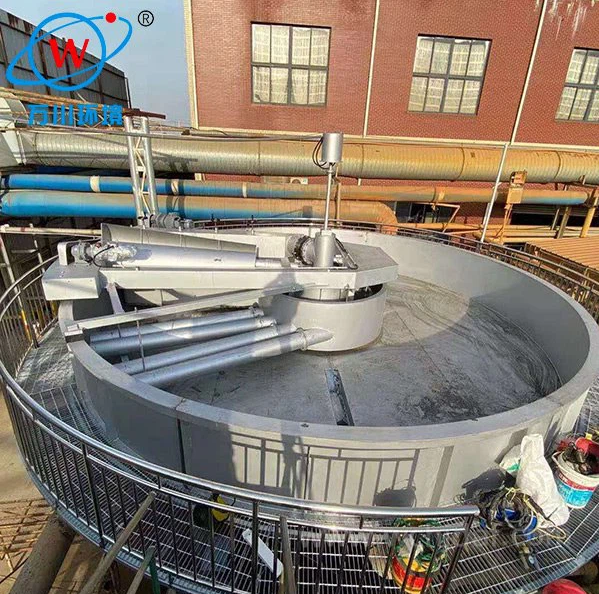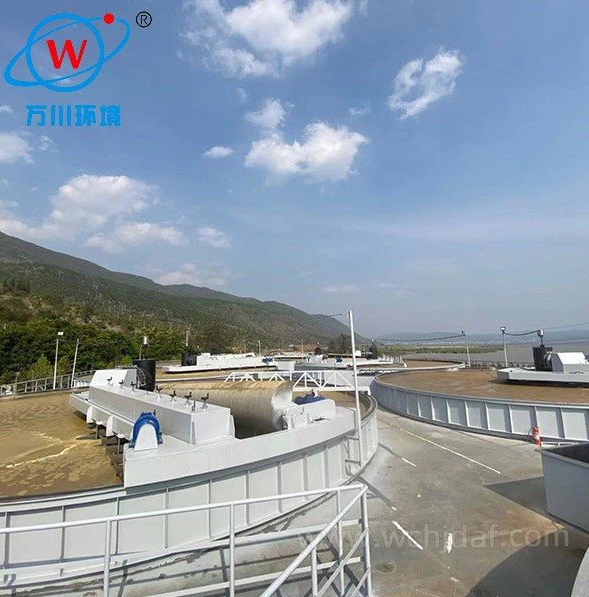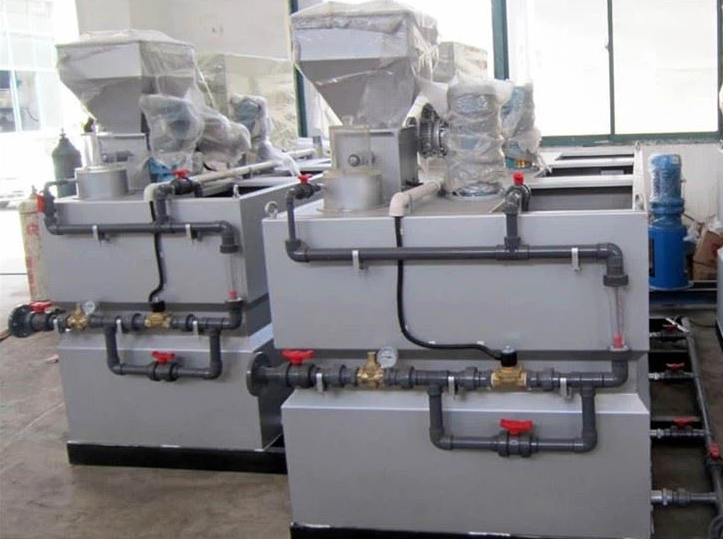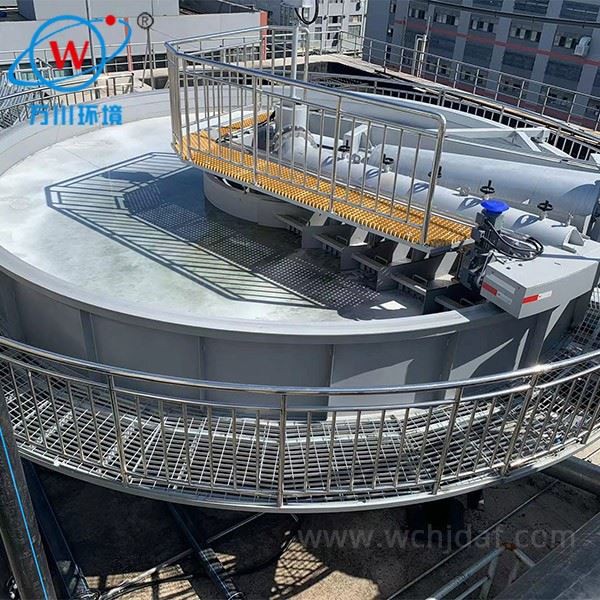In-Situ Air Flotation (ISAF) Wastewater Treatment
In-situ air flotation operates by attaching air bubbles to suspended particles, causing them to float for removal. This integrated process combines flocculation and flotation in a single tank, offering efficient wastewater clarification.
- 1 Coagulation Stage: Wastewater is mixed with coagulants to aggregate fine particles into larger flocs.
- 2 Air Injection: Air is introduced through diffusers, creating tiny bubbles that attach to flocs via surface tension.
- 3 Flotation Process: Bubble-floc aggregates rise to form a scum layer on the surface.
- 4 Scum Removal: Skimming mechanisms continuously remove the concentrated solids.
- 5 Effluent Extraction: Clarified water exits from the bottom/side of the tank.
Key Advantages: Compared to traditional DAF systems, ISAF requires less energy (no pressurization needed) and features a compact design suitable for retrofitting existing systems or small-to-medium facilities.
ISAF is particularly effective for removing oils, grease, and suspended solids in industrial wastewater. Optimal performance requires careful control of coagulant dosage, air flow rate, and retention time to maximize particle-bubble attachment efficiency.

